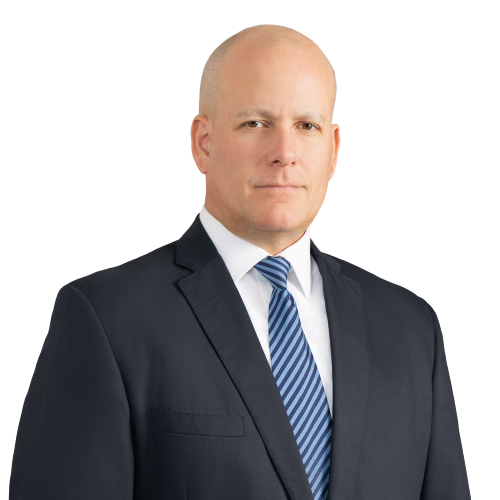Big Changes for Small Business Bankruptcies
- Debtors (both companies and individuals) with 50% or more of their debt arising from business or commercial activities, and with total noncontingent, liquidated debts (both secured and unsecured) of no more than $2,725,625 may seek relief under the SBRA.
- A trustee, from a designated group of new subchapter V trustees, will be appointed in each case. The trustee’s role will be similar to that of a Chapter 13 trustee, and the trustee will, as needed, help the debtor formulate a consensual plan, report fraud or misconduct, and monitor distributions in accordance with the terms of the plan. Despite the involvement of the trustee, SBRA debtors are not responsible for payment of traditional trustee fees.
- There are no creditors’ committees unless court ordered.
- Only the debtor may file a plan under the SBRA.
- A plan must be filed within 90 days of the petition date. The deadline can be extended if circumstances exist for which the debtor should not be held accountable.
- Unlike a traditional Chapter 11 debtor, a debtor who elects to proceed under the SBRA does not have to file a disclosure statement. The plan, however, must include some of the information that is traditionally included in a disclosure statement, including a brief history of operations, a liquidation analysis, and a projection of the debtor’s ability to make payments under the proposed plan.
- A court can confirm a plan under the SBRA even if all impaired classes vote to reject the plan.
- If the court approves a plan without the approval of impaired classes, then the debtor, in order to obtain a discharge, must apply all disposable income received over a three- to five-year plan to payment of creditor claims.
- The SBRA eliminates the traditional Chapter 11 absolute priority rule, which precludes lower classes of creditors from receiving a distribution unless the claims of creditors in each above class are paid in full. This provides the possibility that the debtor’s equity holders may retain their interests without contributing new value.
- The SBRA removes the requirement that the debtor pay administrative expense claims on the effective date of the plan. Instead, the debtor may stretch payment of administrative expense claims out over the term of the plan.
- The SBRA allows individual debtors, unlike in traditional Chapter 11s, to modify certain residential mortgages where the underlying loan was used primarily in connection with the debtor’s commercial or business activities, as opposed to being used to purchase the residence.
- The SBRA requires a plaintiff bringing a preference suit to consider the potential affirmative defenses that a defendant may raise before filing the suit.
- Under traditional Chapter 11s, attorneys were precluded from representing the debtor in bankruptcy if the debtor owed them attorneys’ fees before filing bankruptcy. The SBRA provides that attorneys are not disqualified from such representation if the unpaid fees total $10,000 or less.
These are material changes that will significantly impact the rights and procedures to which both debtors and creditors are accustomed in traditional Chapter 11s. And the applicability of the SBRA to potential traditional Chapter 11 filers is also significant. It has been estimated, based on recent Chapter 11 statistics, that up to half of Chapter 11 debtors will be eligible to file under the SBRA.

